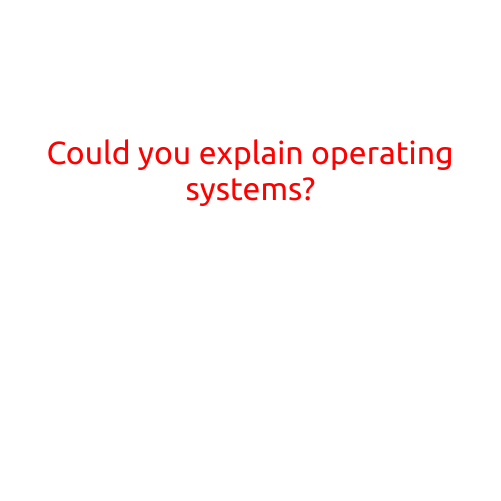
What Happens When Open-Source Software is Released?
Open-source software has revolutionized the way we think about software development and usage. At its core, open-source software is a collaborative effort where the source code is freely available for anyone to use, modify, and distribute. But what happens when open-source software is released to the public? Let’s dive into the world of open-source software and explore the potential outcomes.
Immediate Consequences
When an open-source software project is released, several immediate consequences can be expected:
- Community Engagement: The moment the code is open-sourced, developers from all over the world can start contributing to the project, reporting bugs, fixing issues, and adding new features. This leads to a surge in community engagement, which in turn fosters growth, innovation, and quality improvement.
- Code forks: As the original authors move on to other projects, others might decide to fork the code, creating their own versions, modifications, or derivatives. This often leads to new, innovative spins on the original software, which further accelerates development.
- Public scrutiny: With the code now accessible to anyone, security vulnerabilities and potential flaws become more prominent. This leads to a more thorough testing and debugging process, making the software more robust and secure.
Long-Term Consequences
As time passes, the release of open-source software leads to long-term benefits:
- Improved Quality and Reliability: With numerous eyes on the code, bugs and issues are rapidly identified and resolved. This ensures the software’s quality and reliability increase, making it more suitable for widespread adoption.
- customization and tailoring: As users and developers modify the code to suit their specific needs, the software becomes more versatile and adaptable, leading to increased adoption in various industries and use cases.
- Innovation and Entrepreneurship: Open-source software can spawn new business opportunities, as entrepreneurs and startups build products, services, or tools on top of the original code. This creates a thriving ecosystem of innovation and entrepreneurship.
- Education and Learning: Open-source software provides a unique teaching tool for students, allowing them to learn about software development, debugging, and problem-solving in a hands-on, practical manner.
Challenges and Limitations
While open-source software has many benefits, it also comes with challenges and limitations:
- Licensing and Governance: With the code freely available, ensuring that the software is properly licensed, and that the community’s collective effort is governed effectively, can be a significant challenge.
- Security Risks: The open nature of the code makes it vulnerable to exploitation if developers don’t adhere to best practices and security guidelines.
- Conflicting Interests: As multiple contributors work on the codebase, conflicting interests and ideologies can arise, leading to controversies and potential forks.
Conclusion
The release of open-source software is a transformative event that can have far-reaching consequences. It opens up opportunities for community engagement, innovation, and entrepreneurship, while also presenting challenges related to governance, security, and conflicting interests. By understanding the potential outcomes, developers and project leaders can better navigate the ever-evolving landscape of open-source software, fostering a culture of collaboration and innovation that benefits users worldwide.





